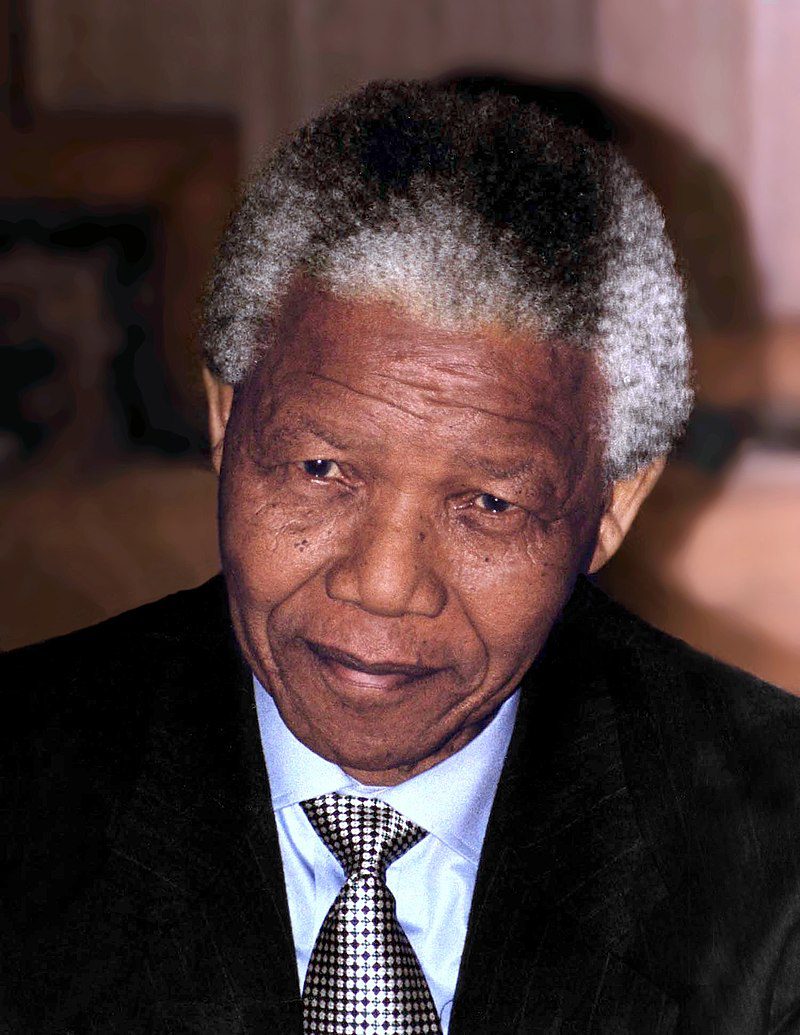Mahatma Gandhi and Nelson Mandela are two of the most celebrated civil rights leaders of the twentieth century who fought against British colonialism and apartheid, respectively. Both Gandhi and Mandela were instrumental in securing civil rights for their respective people, and despite functioning in different socio-political contexts, they have left indelible marks on the furrows of history. Gandhi and Mandela were strong believers in nonviolent resistance, and both led political movements advocating for the rights of their people. Their legacies continue to inspire generations to work towards a better world, impacting the world in immeasurable ways.
Mahatma Gandhi vs. Nelson Mandela: Two Legends of Civil Rights
Introduction
Mahatma Gandhi and Nelson Mandela are two of the most celebrated civil rights leaders of the twentieth century. Gandhi was an Indian political leader who fought against British colonialism, and Mandela was a black South African who fought against apartheid. Both Gandhi and Mandela were instrumental in securing civil rights for their respective people. Despite functioning in different socio-political contexts, these two have left indelible marks on the furrows of history.
Early Life and Activism
Mahatma Gandhi, born Mohandas Karamchand Gandhi, was born on October 2, 1869, in Porbandar, India. He studied law in London before returning to India and becoming a political activist, leading numerous nonviolent protests and campaigns against the British government in India. He believed in the power of nonviolent resistance and became the leader of the Indian National Congress, advocating for the independence of India from British rule.
Nelson Mandela, on the other hand, was born on July 18, 1918, in Mvezo, South Africa. He attended the University of Fort Hare before becoming a lawyer, and then he joined the African National Congress (ANC), advocating for the rights of black South Africans. He was instrumental in the fight against apartheid and was imprisoned for 27 years for his activism. During his time in prison, he became a worldwide symbol of resistance and an international ally to the fight against apartheid.
Method of Resistance
Both Gandhi and Mandela were strong believers in nonviolent resistance. Gandhi called this method “Satyagraha,” which means “truth-force” or “soul-force,” advocating for nonviolent resistance to fight oppression. In contrast, Mandela called this method “Umthondo Wamaguqu” and later renamed it to “Umkhonto we Sizwe,” which means the spear of the nation. Mandela believed that nonviolent resistance coupled with armed resistance was the best way to fight against apartheid actively.
Leadership and Achievements
Gandhi led the Indian National Congress and played a vital role in securing India’s independence from the British Raj. He led multiple campaigns for freedom and justice, such as the Dandi Salt March and the Quit India Movement. Gandhi’s leadership and methods were also instrumental in securing civil rights for other groups in India, such as women and the “untouchables.”
Mandela led the African National Congress, advocating for the rights of black South Africans. He spent 27 years in prison but became a symbol of resistance and unity while incarcerated. Mandela played a crucial role in bringing an end to apartheid in South Africa, leading negotiations with the white minority government and the dismantling of apartheid laws.
Legacy
The legacies of Gandhi and Mandela are profound and have impacted the world in immeasurable ways. Gandhi inspired civil rights leaders globally, including Dr. Martin Luther King Jr., who adopted Gandhi’s methods in the Civil Rights Movement in the United States. Mandela’s legacy inspired a post-apartheid South African democracy, promoting reconciliation and healing between racial groups.
Conclusion
Mahatma Gandhi and Nelson Mandela were two of the most influential civil rights leaders of the twentieth century. They both fought for justice, freedom, and equality in their respective countries, using nonviolent resistance to achieve their goals. Despite their different approaches to nonviolence, they shared a deep commitment to justice and equality. Their struggles, sacrifices, and leadership continue to inspire generations to work towards a better world.
